I attended the Palestine
Expo, an event organised by Friends of Al-Aqsa, this year with Shutterbug
Sister, Harlequin
Sister and Little Lady. The situation in Palestine is something
that affects Muslims across the Ummah (global Muslim community). My first
memory of what has happened there, as a seven or eight year old, was a news
report with an accompanying video of a young Palestinian boy with curly dark
hair flanked by soldiers and with blood pouring down his face. The image
haunted me and for years after and I used to wonder what happened to him.
Did he go to jail? Did he get married and have a family? Was he
still alive?
Over the years, we have followed what has happened in Palestine (1 , 2 and 3),
with the siege
of Gaza leaving us feeling helpless, ineffective and devastated.
So when the opportunity came to learn more about the situation and also
about the culture and heritage of Palestine, we were keen to take the
opportunity.
The event took place over five floors of the Queen Elizabeth II Centre close to
Parliament and included lectures, film and documentary viewings and a market
place celebrating Palestinian culture.
The first lecture was from Dr Inas Abbad, a political science
researcher, lecturer and a political activist from Jerusalem.
She described how the education system of the Palestinians had been
dismantled following the Ottoman period during British and then Israeli rule,
with decreased number of schools, changed curriculum and children coming through
checkpoints to cramped and unsuitable classrooms. Something that really
stood out for me was how she described the way a rich and beautiful Palestinian
culture and heritage was being wiped from history and school books to support a
narrative that said that there was nothing before the Israeli’s came and that
they had turned the barren and empty desert land green.
The second talk was from Ronnie Barkan, an Israeli human
rights activist and conscientious objector (he refused to complete his
compulsory military service in Israel). He spoke about the political
element of the struggle, with even "liberal" Israeli politicians
begrudging Palestinians their rights.
The third talk we managed to listen to was from Soheir Asad,
a Palestinian activist and Human Rights lawyer. She broke down the way
the Palestinian had been discriminated against using the law, in particularly
how land laws had been used in different ways to confiscate the lands they
owned.
We made a few trips through the floor with stalls selling ceramics,
embroidered outfits, shawls, dates and oil, perfume, calligraphy, books,
charities and about half a dozen stalls laden with halal sweets.
There was an area for children's activities including storytelling
on the theme of Prophets of Palestine by well-known storytellers Hassen
Rasool and Elizabeth Lymer
We took a break for lunch, with the girls queuing up for ages for
a falafel wrap, I didn't want to wait around, so went for the shortest queue
which was for a chicken biryani. Then we went to listen to a lecture by
John Pilger, a journalist whose work I have admired since I first came across his
writings online and in book form. I didn't expect how full the lecture
hall would be and he received a standing ovation. He spoke about his
experiences reporting on Palestine, moving, devastating and infuriating by
turn. He also spoke about the change he was seeing with people unwilling to
ignore the injustices in the world whether Palestine, Grenfell Tower or the Occupy Wall Street
movement.
It was a day well spent learning and trying to understand what we
can do to help. I am very glad I took my daughter along and I would take
my two sons along in future, particularly as they were so moved by what was
happening during the seize of Gaza.

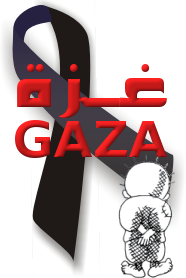
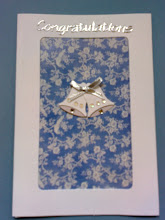




























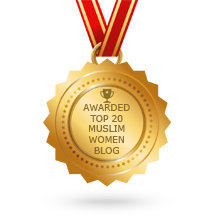

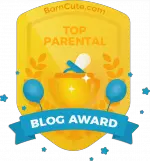





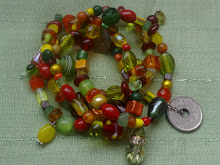




No comments:
Post a Comment